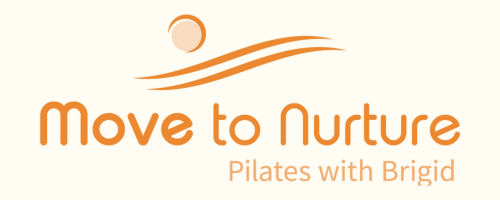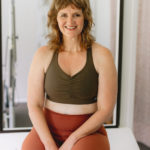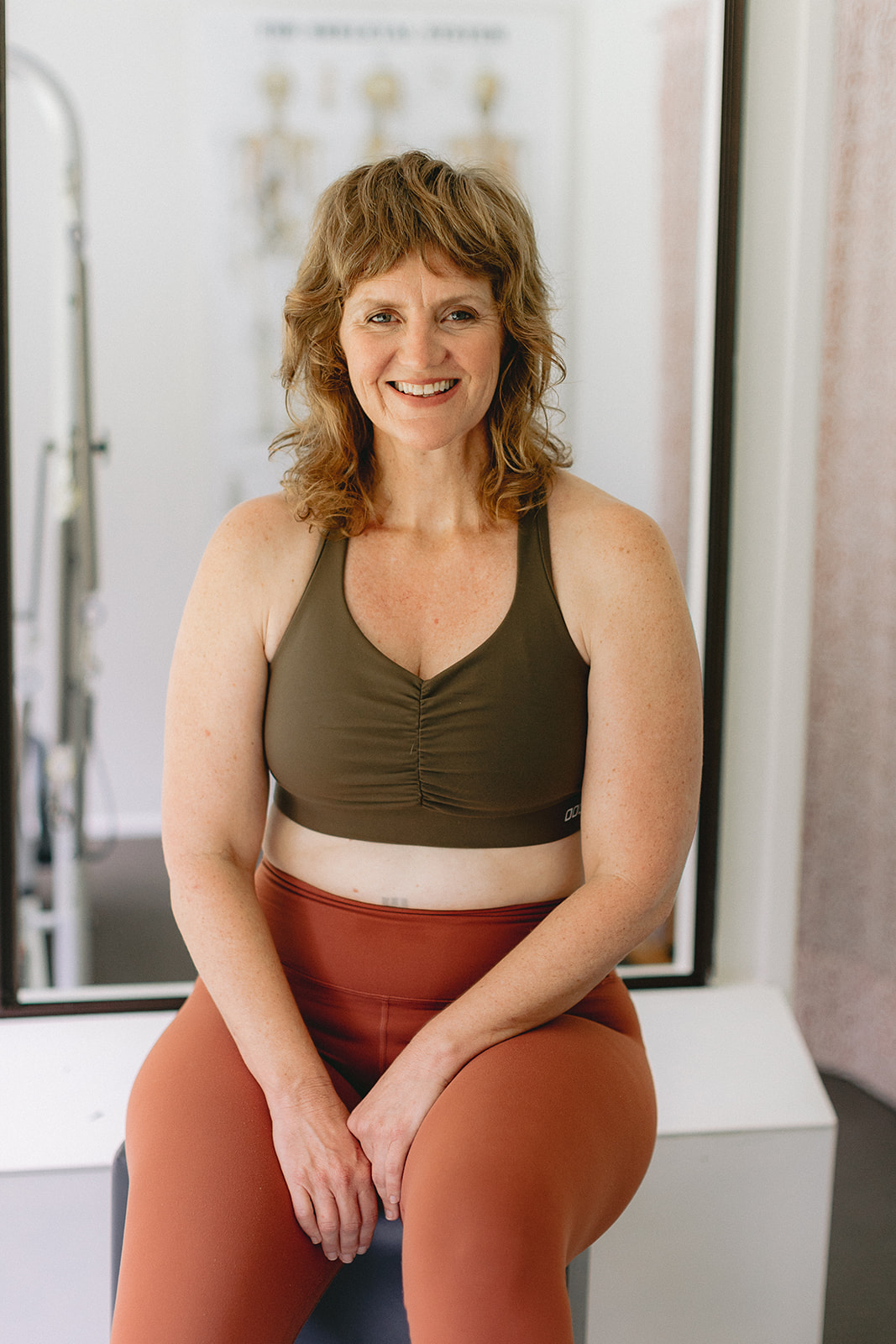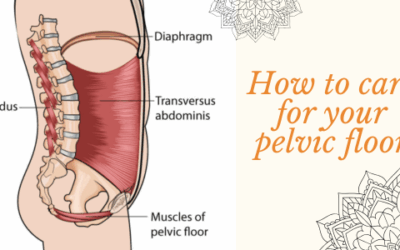(And What You Can Do to Strengthen It Today)
There’s a moment many of us remember — the first time we tripped over “nothing.” No edge, no obstacle, just a wobble where there used to be certainty.
At first, we laugh it off. But deep down, something stirs:
“Is my balance… getting worse?”
If you’re a woman in your 40s, 50s, or 60s, and you’ve started to notice that stairs feel different, curbs feel riskier, or your yoga pose wobbles more than it used to — you’re not imagining it. Balance, like strength and flexibility, naturally changes with age. But the good news is, it’s completely trainable.
And far from being a niche fitness goal, balance is foundational. It affects your safety, your confidence, and your ability to do all the things you love — without second-guessing your every step.
Let’s talk about why balance matters, what can chip away at it over time, and how to gently rebuild it from the inside out.
The Quiet Fear Many Midlife Women Carry
For many women, loss of balance isn’t just about the body — it’s about control.
It’s the fear that one fall could undo years of independence.
It’s the quiet dread of “What if I fall and can’t get back up?”
It’s the growing caution when playing with grandchildren, navigating icy pavements, or even changing a lightbulb.
Here’s the thing: these aren’t irrational fears. They’re backed by statistics and real-world experience.
Did you know?
-
More than one in four adults aged 65 and older report experiencing a fall each year (Centres for Disease Control).
-
Falls are the leading cause of injury-related hospitalisations in older adults.
-
Women are more likely than men to develop osteoporosis, making the impact of a fall potentially more serious.
But here’s what’s often missed in these conversations:
Balance issues don’t start in your 70s. They begin in your 40s — silently.
If you wait until balance becomes a safety issue, you’ve already lost precious time.
Why Balance Starts to Slip (And Why It’s Not Your Fault)
Losing balance doesn’t mean you’re failing. It means your body is adapting — often to modern life.
Here’s what quietly chips away at balance over time:
-
Muscle loss (especially around the hips and ankles)
-
Decreased proprioception (the body’s ability to sense where it is in space)
-
Footwear that weakens our foot muscles and disconnects us from the ground
-
Sedentary lifestyles that remove natural balance challenges
-
Hormonal shifts during perimenopause and menopause that affect coordination and joint stability
-
Old injuries or surgeries that the body has compensated around for years
If you’ve had children, surgeries, or long periods of stress, your nervous system and muscles may have been protecting rather than strengthening. Pilates clients often tell me, “I didn’t even realise how much I was avoiding certain movements until I tried them again.”
Balance is a use it or lose it skill — but more importantly, it’s a skill you can get back.
Balance Is Confidence
We talk about “body confidence” as something visual — how we look in our clothes, how toned we feel. But confidence starts with movement. It starts with trusting your own feet.
Balance gives you:
-
The freedom to reach high or low without fear
-
The ability to play with children or pets on the floor — and get back up again
-
Stability when walking in the dark, on uneven ground, or when life is literally shaky
-
Core strength and posture without bracing or stiffness
-
A calm nervous system that trusts itself again
It’s not about perfection.
It’s about knowing you can catch yourself when life throws you off.
5 Must-Do Habits to Rebuild Balance (and Confidence)
Here’s where we stop thinking about balance and start moving with it. These are simple but powerful practices that improve strength, coordination, and body awareness — the real pillars of balance.
1. Stand on One Leg While Doing Everyday Tasks
What it does: Builds ankle and hip stability, challenges your nervous system.
How: While brushing your teeth or washing the dishes, lift one foot off the floor and try to hold for 30 seconds. Switch sides.
Tip: Keep a hand near a surface for safety — it’s not cheating.
2. Toe Taps and Heel Raises
What it does: Strengthens foot, calf, and ankle muscles — your balance foundation.
How:
-
Tap one foot gently forward and back while standing tall.
-
Alternate toe taps with slow, controlled heel raises (lifting heels off the ground).
Bonus: Try barefoot on a firm floor for more connection.
3. Pilates Leg Circles Lying Down
What it does: Builds pelvic stability and core control while moving a long lever (your leg).
How:
-
Lie on your back, one leg extended, the other lifted toward the ceiling.
-
Circle the raised leg slowly in both directions, keeping your hips stable.
Why it works: It challenges your balance without putting you at risk of falling — ideal for rebuilding control from the centre out.
4. Side-Stepping and Lateral Moves
What it does: Strengthens the often-ignored side glutes and hip stabilisers.
How:
-
Step side to side across a room or hallway.
-
Keep your knees soft and your steps controlled.
Optional: Add a resistance band above the knees for more challenge.
5. Practice Getting Up From the Floor
What it does: Improves full-body coordination and confidence.
How: Sit on the floor, then find a way to stand up using the least amount of support possible.
Important: Go slow. Use a cushion under your knees if needed.
Why it matters: This move is functional — and powerful. Being able to get down and up again is a life skill, not just a fitness goal.
Final Thoughts: You Can Rebuild Trust In Your Body
If you’re feeling a little disconnected from your balance — know this: it’s not a flaw. It’s a sign to come home to your body.
Your balance isn’t lost. It’s waiting for attention.
And not the harsh, bootcamp kind of attention. The kind that says:
“I see you. Let’s move gently, with strength, again.”
You don’t have to climb a mountain. You just have to start shifting your weight with awareness, giving your feet the signal to wake up, and letting your core respond instead of brace.
Pilates is one of the safest and most effective ways to rebuild balance — not because it’s trendy, but because it reconnects your centre to your limbs. It rebuilds trust.
And that trust? That’s what body confidence really is.
Want to explore more balance-based movement with support?
You don’t have to figure it out alone.
My private Pilates sessions are designed specifically for midlife women looking to reconnect, realign and move with confidence again — at any age, at any stage.
The Pilates at Home membership is the perfect at home class library for improving your balance, with a progression guide available on where to start!




0 Comments